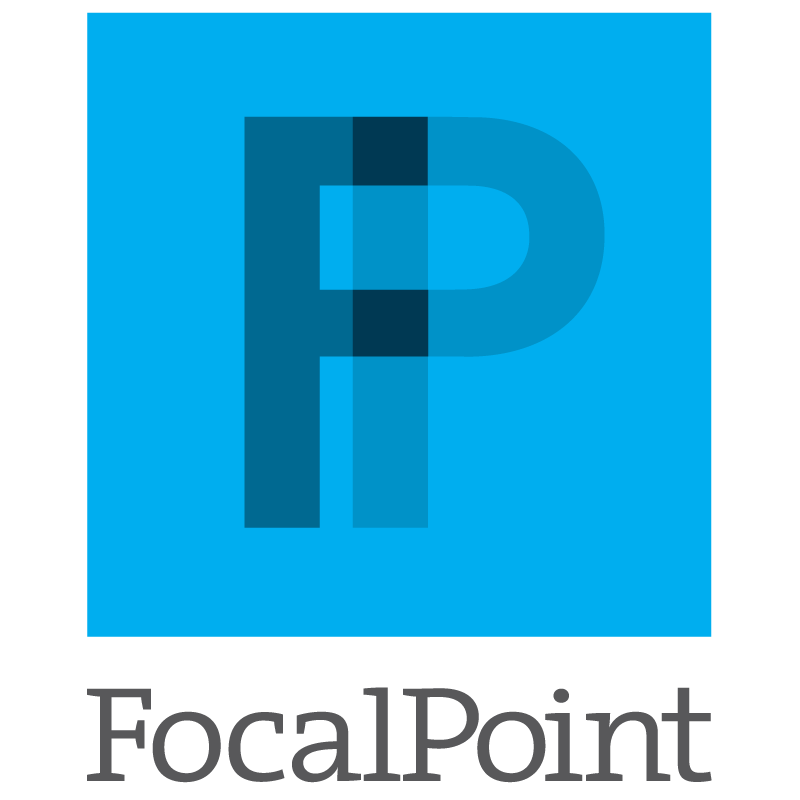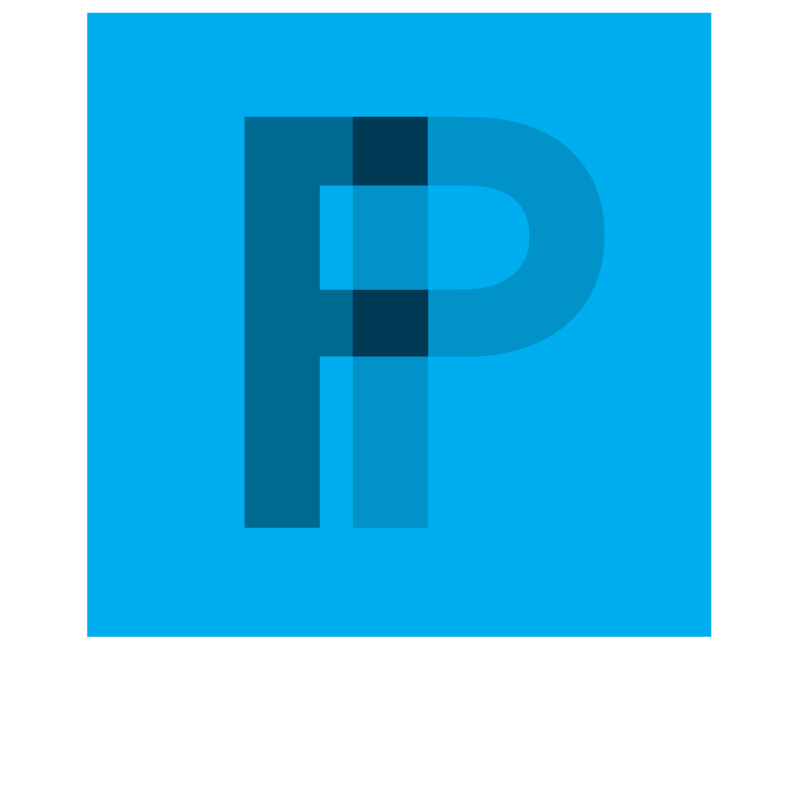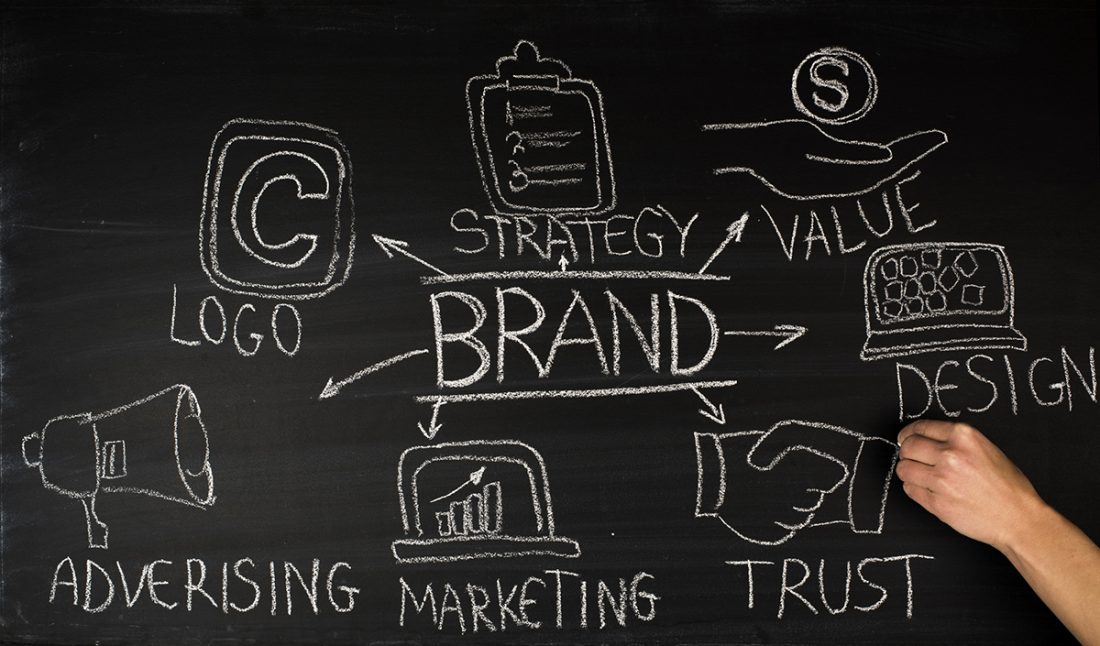The Purpose-Driven Brand
You can probably name a luxury brand. Tiffany comes to mind. Or an active brand, such as Nike or Patagonia. Or a traditional brand, such as General Motors. There are brands that own product names, such as Scotch (brand) tape or Band Aid bandages.
So what is a purpose-driven brand?
As the name implies, it’s a brand that is very consistent about it’s purpose and place in its marketplace. You know what you’re getting with the brand, and you like the brand’s purpose.
You should be able to tell a brand’s purpose by its tag line, for instance:
- Disney – The happiest place on earth
- Avis – We try harder
- Nike – Just do it
- Capital One – What’s in your wallet?
- US Postal Service – We deliver
- Kentucky Fried Chicken – Finger Lickin’ Good
- Budweiser – The King of Beers
A new report from Kantar Consulting shows that purpose-driven brands consistently outperform brands perceived as without purpose. According to the study, brands with clearly defined purposes grew twice as fast as other brands, increasing their brand valuation by 175% in the past 12 years. Compare this to a 70% growth rate for “low sense of purpose” brands, and you can see why your organization could benefit immensely from having a brand associated with a strong and readily recognized purpose.
Another way to look at this is brand transparency. Adweek magazine recently stated that younger customers want to know what their favorite brands stand for. According to Adweek, two-thirds of Gen Z and Millennials prefer a brand that stands for something and has a clear point of view.
But it’s not easy to establish
Consumers can tell when a brand is authentic and when it’s created for attention. The recent Pepsi “Kendall Jenner” commercial is a good example of a company trying to create a purpose-driven ad, but not getting it right because it didn’t feel authentic.
The good news is being purpose-driven doesn’t have to cost anything close to what Pepsi paid for its failed Jenner ad.
“As long as you have your customer in mind with everything you put out there on social media and advertising,” says Brien Richmond, CEO of FocalPoint, “you’re headed in the right direction.”
Your marketing team should be always be asking:
- How does our customer “see” us?
- How do our customers actually use our products?
- What is s/he interested in?
- What other activities are likely to interest them?
- What are they watching, reading or doing day-to-day?”
“It doesn’t matter if your marketing budget is $10k or $500k, if your marketing efforts consistently support your client’s point of view,” says Richmond, “you are speaking their language. Your brand image is authentic and transparent, and ultimately, purpose-driven.”




No Comments